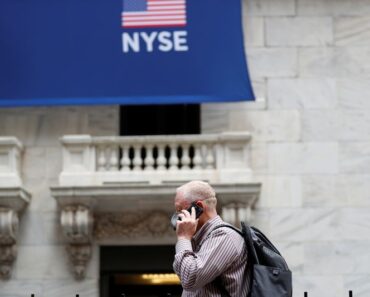This post was originally published on this site

Shares of the top U.S. electronics retailer were last up about 1% in volatile premarket trading.
Over the last year, surging interest rates and higher rental costs have weighed on demand for non-essential products and Best Buy turned to heavy promotions to lure customers and boost sales of electronics products.
The company also offered more discounts through its “Black Friday in July” savings event in an attempt to compete with Amazon.com (NASDAQ:AMZN)’s 48-hour “Prime Day” shopping event.
With the back-to-school season expected to drive demand, Best Buy has been offering discounts on products ranging from Apple (NASDAQ:AAPL) MacBook to HP (NYSE:HPQ) printers.
However, total revenue fell 7.2% to $9.58 billion, but beat estimates of $9.52 billion.
The company’s comparable sales fell 6.2% in the second quarter ended July 29, compared with analysts’ estimates of a 6.92% drop, according to IBES data from Refinitiv.
On an adjusted basis, the company earned $1.22 per share, beating analysts’ estimates of $1.06.
Best Buy said in May the inflation-induced weakness in electronics should bottom out by the end of the year and be less of a pressure on the electronic sales industry.
“Next year the consumer electronics industry should see stabilization and possibly growth driven by the natural upgrade and replacement cycles and the normalization of tech innovation,” CEO Corie Barry said in a statement.
The company said it expects full-year comparable sales to decrease 4.5% to 6%, compared to prior expectations of a 3% to 6% drop.
Best Buy now expects annual revenue between $43.8 billion and $44.5 billion, compared to previous forecast of $43.8 billion to $45.2 billion.
The company said it expects fiscal 2023 adjusted earnings per share of $6.00 to $6.40, compared to prior expectations of $5.70 to $6.50.




